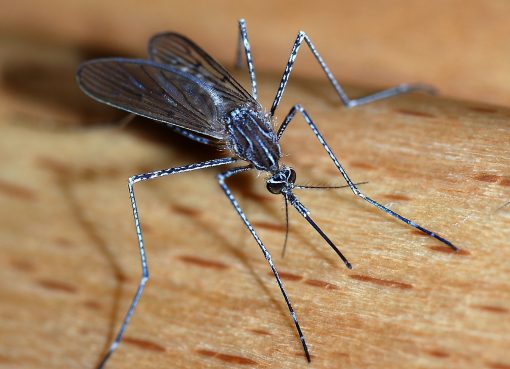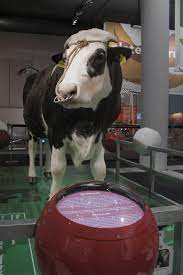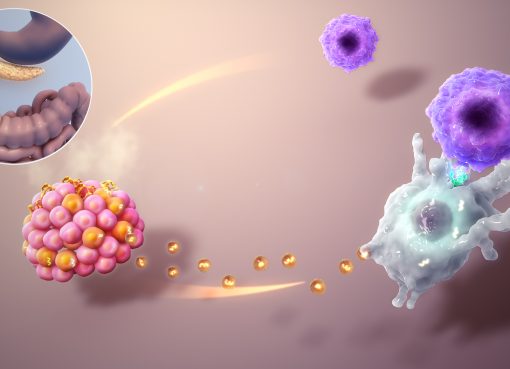Synthetic incompatibility: An approach to control unwanted reproduction
In the production of genetically engineered organisms (GEO), there is always a risk of propagation of the altered gene to wild population which is detrimental to both mankind and natural environment. Moreover, it is one of the major barriers hindering production and commercialization of genetically engineered organisms and their value-added products. To address this issue, a team of scientists from University of Minnesota in USA have developed a novel approach known as synthetic incompatibility (SI). In this strategy the group has designed a pristine class of molecular tool known as “programmable transcription factors” which controls genes expression. In this case, hybrid offspring produced from mating of GEO and wild type will be unable to survive due to expression of lethal genes derived by programmable transcription factors. The current study was carried out in engineered Saccharomyces cerevisiae with modified ACT1 promoter and dCas9-based transcriptional activator. The experiment successfully established that hybrid offspring produced from mating of engineered yeast strain with counter wild type strains did not survive due to lethal over-expression of actin. Finally, the research group remarked that virtually the approach is expected to work against sexually reproducing organisms like insects, crops etc.
(Nature communication, 8, 2017; doi: 10.1038/s41467-017-01007-3)
Grow Foetus in fake womb
High rates of mortality and morbidity are seen among neonates born prematurely across the globe. To mine a solution to this, various attempts were made earlier by many researchers to develop artificial womb of animals but failed to maintain life for a longer period. Recently, researchers at the Children’s Hospital of Philadelphia (CHOP) in USA have developed an artificial placenta or fake womb which supported physiological foetal life of lambs up to four weeks. The developmental stages of foetal lambs were equivalent to premature 22 weeks human foetus. The lambs grown in extra uterine device showed normal blood, gas and oxygenation parameters, normal somatic growth, brain growth, myelination and lung maturation, and maintained patency of the foetal circulation. This invention has brought hopes for millions of babies born premature.
(Nature Communications, 8, 2017; doi:10.1038/ncomms15112)
Biodiesel at lower cost
Biodiesel has been created long back but its practical application is yet to be accomplished. There is always production of higher amount of crude glycerol in the process of manufacturing biodiesel which is regarded as a waste product. The removal of crude glycerol is a costly affair in production of clean biodiesel which has limited its production and industries are still waiting for a cheaper mode to manage this waste. A bench of scientists from Institute of Genomics and Integrative Biology (IGIB) in New Delhi, India has developed a cost-effective approach to convert crude glycerol into hydrogen gas, which is considered as a green fuel due to its high-energy and zero emission. The team has used a bacterium called Bacillus amyloliquefaciens strain CD16 to convert crude glycerol waste to hydrogen gas fuel. This bacterium has the property of biofilm formation which increases its ability to produce 3.5 litre of hydrogen gas fuel from one litre of crude glycerol waste per day. This strategy may give some relaxation to industrialists in clean biodiesel production with minimum cost involvement.
(Applied Biochemistry and Biotechnology, 2017; doi: 10.1007/s12010-017-2637-7)
Designed antibody to assassinate most of the HIV strains
About 36.7 million people across the globe are infected with HIV/AIDS and the battle against its prevention and treatment is still in queue. To vanquish this in near future, scientists from multi-institute of USA have developed an antibody that can attack nearly 99 per cent of HIV strains. The engineered antibody was a tri-specific one broadly neutralizing antibodies that attack three unique sites of the virus which include membrane-proximal external region (MPER), HIV-1 envelope determinants: the CD4 binding site and the V1V2 glycan site. In the experiment, rhesus macaques inoculated with this new type of antibody showed no infection when injected with different strains of Simian-Human Immuno-deficiency Virus (SHIV). The team also reported that the human clinical trial will shortly begin in 2018.
(Science, 2017; 10.1126/science.aan8630)
Electricity from a special protein
A recent study conducted by researchers from the University of Limerick in Ireland has shown that a special protein from mammalian tears, saliva, milk and egg white has the potential to create electricity. The identified protein is lysozyme; in its crystalized form when pressed, it produces electricity. The electricity so generated by applying pressure is known as piezoelectricity which is a common property of materials like quartz that can convert mechanical energy into electrical energy and vice versa. For the first time this property of lysozyme is documented and it is also claimed by the research group that the generation of piezoelectricity by lysozyme is of the same magnitude as found in quartz. As the protein is biocompatible in nature, it may be used as an alternative to present toxic materials for production of piezoelectricity which might be helpful in designing many bio-devices applicable to different dimensions of biological science.
(Applied Physics Letters, 111, 2017; doi: 10.1063/1.4997446)




